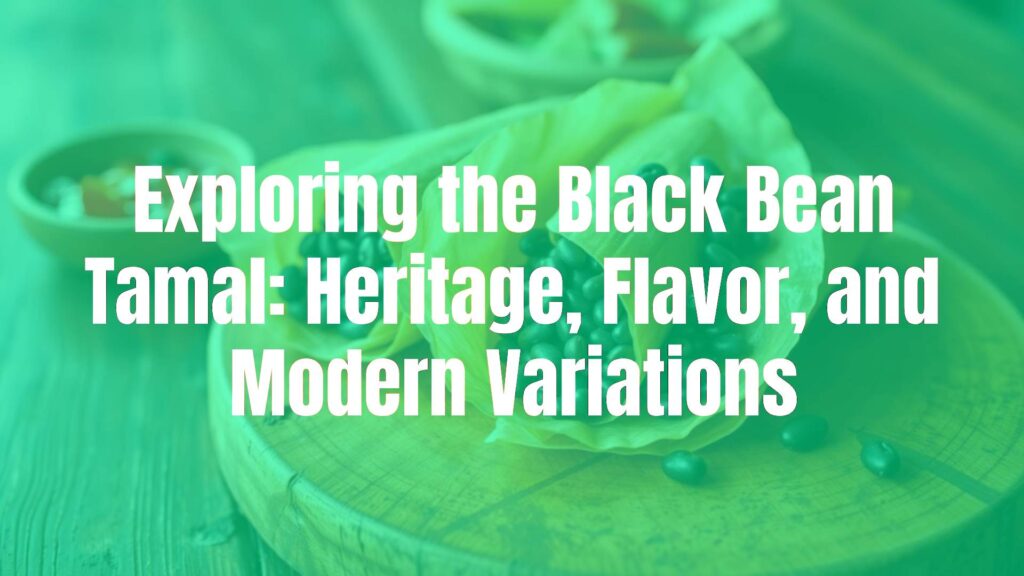The Culinary Identity of the Black Bean Tamal
The black bean tamal stands out as a flavorful and beloved variant within the rich tapestry of tamale traditions. Distinguished by its earthiness, deep color, and subtle complexity, this tamal is cherished in diverse regions of Latin America, particularly in Mexico and Central America. While often spotlighted in vegetarian and vegan circles, its origins and enduring popularity span a much broader cultural spectrum.
Origins and Regional Importance
The black bean tamal traces its roots to indigenous Mesoamerican cuisine, where beans and masa (corn dough) have long been dietary staples. In areas like Oaxaca, Chiapas, and throughout Guatemala, this tamal is integral not only to daily meals but also to festive occasions and communal gatherings. Its enduring presence underscores the significance of beans in pre-Columbian societies—both as sustenance and a symbol of bounty.
Defining Characteristics
At its core, the black bean tamal is composed of steamed masa intertwined with a seasoned black bean filling. Sometimes, the black beans are mixed directly into the masa, coloring it a dusky purple or gray. Other versions nestle a vibrant, spiced bean paste within a pale corn dough, creating visual contrast and textural intrigue. This tamal is typically wrapped in corn husks or banana leaves, imparting subtle herbal notes during steaming.
The flavor profile is unmistakably savory, marked by the nuttiness of black beans, hints of garlic or epazote, and the slight grassiness of corn. The texture is soft yet substantial, with the creamy bean center playing against the gentle firmness of the masa.
Ingredients That Define the Dish
Essential ingredients include nixtamalized corn masa, cooked black beans, vegetable oil or lard, salt, and aromatics such as onion, garlic, or herbs like epazote. Seasonings may vary by region and household. Banana leaves are common in southern Mexico and Central America, while corn husks predominate elsewhere.
Variations and Adaptations
Though classic black bean tamales are vegetarian, some versions incorporate cheese—crumbled queso fresco or panela—melted inside for additional creaminess. Others may enrich the masa with a bit of chicken broth for depth. Spices like cumin, chiles, or chipotle can add boldness, and vegan or gluten-free adaptations are easily achieved by substituting oils and ensuring masa harina is gluten-free.
Serving Suggestions and Pairings
Black bean tamales are delicious served hot, sometimes topped with a dollop of crema, a drizzle of tomatillo salsa, or zucchini blossom sauce for an elegant twist. Popular accompaniments include arroz rojo (Mexican red rice), refried beans, or simple pickled vegetables. For drinks, consider café de olla (spiced coffee), atole, or a tart hibiscus agua fresca to complement the tamal’s richness.
A Celebration of Plant-Based Tradition
Whether enjoyed as street food or as part of a festive feast, the black bean tamal embodies the adaptability and heartiness of traditional Mesoamerican cooking. Its enduring presence speaks to the sustained love for simple yet robust flavors, and its flexibility ensures the black bean tamal continues to evolve with every generation.

